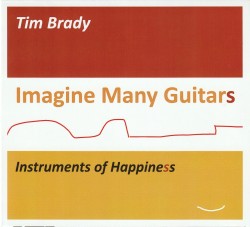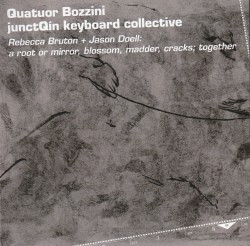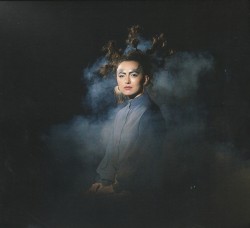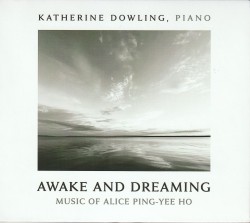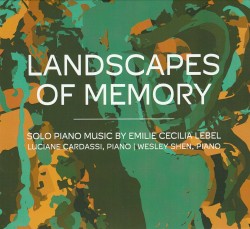Three of Twelve and Another - Graham Flett
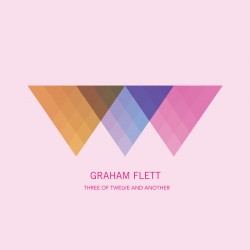 Three of Twelve and Another
Three of Twelve and Another
Graham Flett
Redshift Records (redshiftmusicsociety.bandcamp.com/album/three-of-twelve-and-another)
Ontario composer Graham Flett’s album of two electric guitar works has an intriguing backstory. The composer writes, “One summer I happened upon an old 12-string guitar that was extremely but very intriguingly out-of-tune. Hearing it made me consider how an ensemble of such out-of-tune guitars might sound.” Inspired by that untuned chance encounter Flett began to explore four separate, yet related guitar tunings of the conventional 6-string electric guitar. In the final score he meticulously stipulates the tuning of each of the 24 strings of the four guitars, their web of interrelationships taking into consideration string harmonics and other acoustic phenomena.
There’s also poetry. Flett took inspiration from W.H. Auden’s Twelve Songs. Thus, the three movements of his Music for Four Retuned Electric Guitars are tagged with Auden’s poetic phrases characterising each movement: the silent statue; the smokeless hill; the hot sun. Stillness, heat and perhaps negative space are being evoked.
The second work Unadorned, for solo electric guitar, is no less complex sounding. Here Flett explores a continuous series of three-note chords employing many harmonic groupings. The use of messa di voce - a musical swell here applied to a guitar note or chord - removes the initial attack of the plucked guitar strings, leaving puffs of sonic clouds to linger, gently pulse or grate against each other. It’s an album signature.
Spain-based guitarist Elliot Simpson, who took on the considerable task of retuning and then multi-tracking the guitars, renders these enigmatic, challenging works with commitment, elegant musicianship and attention to detail.


